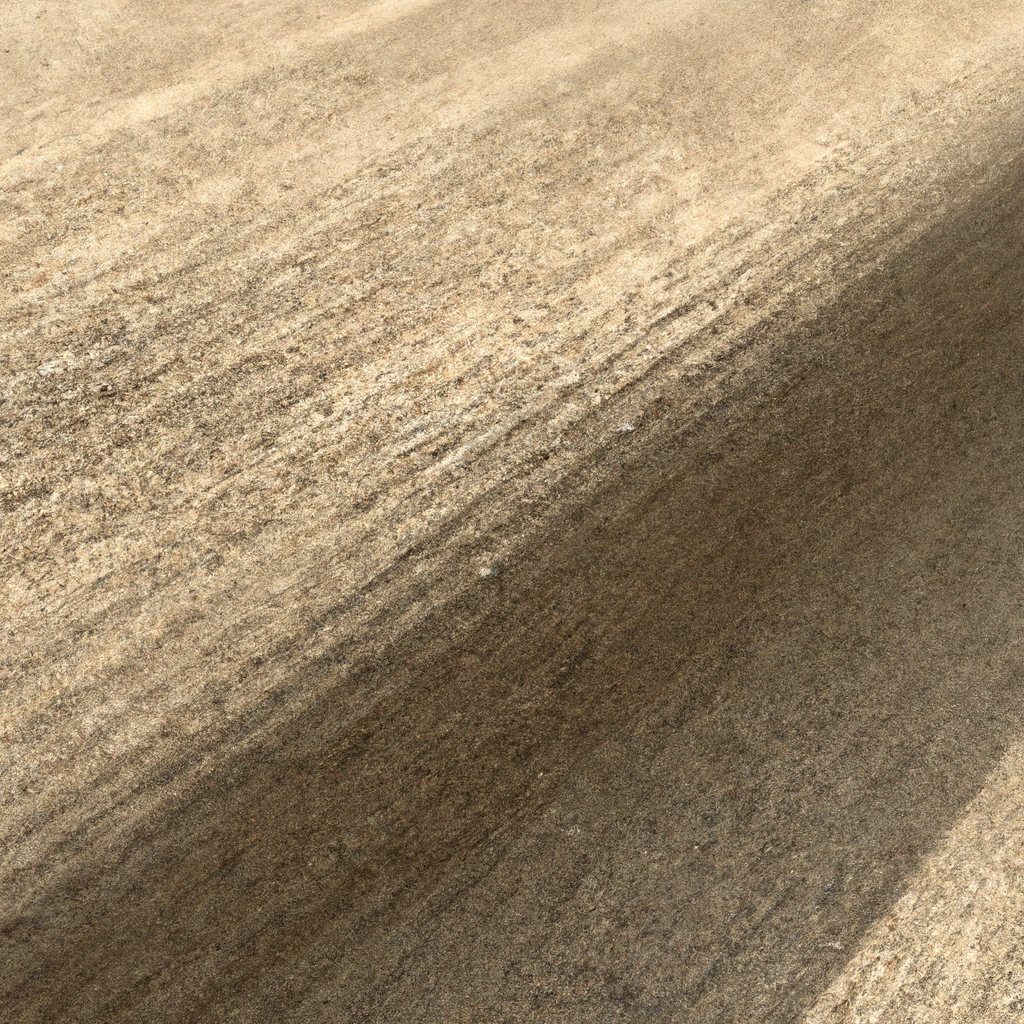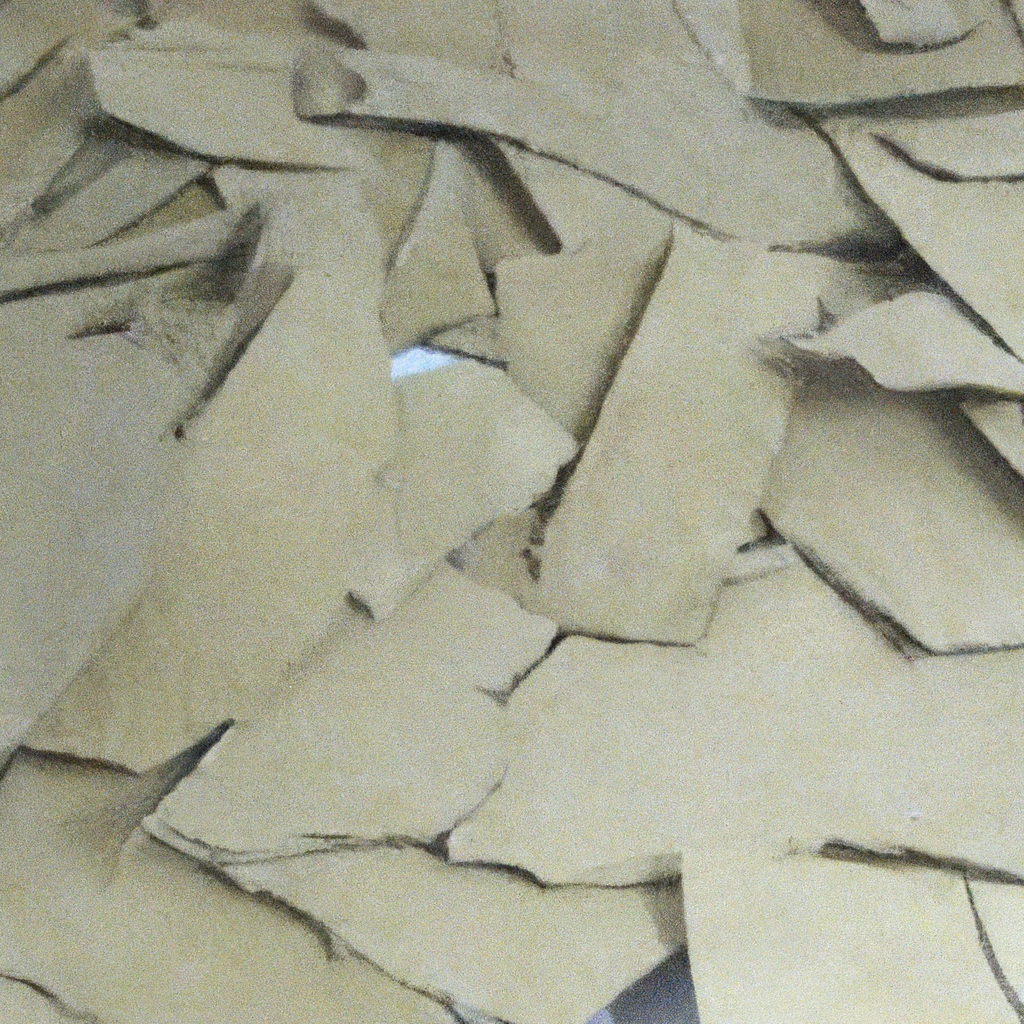We may earn money or products from the companies that may be mentioned in this post.
You may have heard about MDF in the context of golf but aren’t quite sure what it entails. This article aims to shed light on the role of MDF in golf and provide you with a clearer understanding of this term. MDF stands for “Modified Stableford Double Bogey.” It is a scoring system used in professional golf tournaments to ensure that a cut line is established when too many players make the cut. By diving into the intricacies of MDF, we can uncover its significance and how it influences the outcome of golf tournaments.
Understanding the Role of MDF in Golf

What is MDF in Golf?
MDF, which stands for “Modified Stableford Format,” is a scoring system used in professional golf tournaments. Unlike traditional stroke play, where the objective is to have the lowest score, MDF is designed to encourage aggressive and risk-taking play. It awards points based on the golfer’s performance on each hole, providing an alternative scoring method that adds excitement and unpredictability to the game.
History of MDF in Golf
The MDF format was first introduced in the late 1980s as a modification of the Stableford scoring system. Stableford had been used for decades and awarded points based on the score achieved relative to par on each hole. The concept behind MDF was to further incentivize bold play and minimize the chances of a boring, runaway victory. The idea gained popularity among tournament organizers and was quickly adopted by several professional golf tours, including the PGA Tour.
Qualification Method in PGA Tour
On the PGA Tour, the Modified Stableford Format is implemented when the tournament field is larger than the standard cut, typically after two rounds. To determine which players advance and participate in the subsequent rounds, a secondary cut is made after the third round. The top 70 players and ties, including those within ten shots of the lead, are retained for the final round. However, this format does not apply to all PGA Tour events and is only used on selected tournaments.

Purpose of MDF in Golf
The purpose of MDF in golf is to make tournaments more exciting and engaging for both players and spectators. By awarding points for aggressive play and encouraging risk-taking, the format promotes a more attacking style of golf. This adds an element of unpredictability and drama to the game, ensuring that no lead is ever safe until the final hole. Additionally, MDF allows more golfers to continue competing in the tournament, thereby enhancing the overall experience for both participants and fans.
Criticism of MDF in Golf
While the MDF format has its merits, it has also faced criticism from some quarters. One of the main criticisms is that it reduces the significance of consistent stroke play and rewards players for a few exceptional rounds rather than overall performance. Critics argue that this can lead to undeserving winners and detract from the spirit of the game. In addition, some golfers and fans prefer traditional stroke play, which they believe is the most fair and accurate representation of a golfer’s skill and ability.
Pros and Cons of MDF in Golf
Like any other scoring system, MDF has its share of pros and cons. One of the main advantages is its ability to foster exciting finishes and comebacks. The format rewards aggressive play by offering higher point values for birdies, eagles, and other exceptional shots, creating ample opportunity for players to turn their fortunes around. Furthermore, MDF allows for a larger number of players to remain competitive, providing them with valuable experience and exposure. However, some argue that the MDF format can create inflated scores due to the risk-reward nature of the scoring system, potentially leading to less accurate representation of a golfer’s true ability.
Impact on Player Strategy
The introduction of MDF in golf has undoubtedly influenced player strategy and decision-making on the course. With the format rewarding aggressive play, golfers are more inclined to take risks, attack pins, and attempt more difficult shots. This shift in strategy encourages players to be fearless and calculated, as they seek to accumulate as many points as possible to climb up the leaderboard. Consequently, MDF has brought a new level of excitement and unpredictability to the game, forcing players to constantly reassess their approach to each hole.
Effect on Tournament Atmosphere
The Modified Stableford Format has not only impacted player strategy but also the overall atmosphere of golf tournaments. With the scoring system favoring attacking play and encouraging risk-taking, spectators are treated to more thrilling and suspenseful moments on the course. The ability for players to make significant point swings in a short period adds to the drama and captures the attention of the crowd. The increased excitement and uncertainty contribute to a vibrant and engaging environment, enhancing the overall enjoyment for fans attending or watching the event.
Significance in Playoff Format
In addition to its influence on the regular rounds of a tournament, MDF also has implications for playoff formats. Traditionally, playoffs in stroke play events were decided by sudden death, where players would continue playing until a winner emerged. However, with MDF being a point-based format, the playoff structure needed to be modified. In an MDF playoff scenario, a specific number of holes are played to determine the winner. This adds another layer of excitement and unpredictability, as players compete head-to-head to accumulate the most points within the playoff framework.
Considerations for Course Setup
The implementation of MDF also introduces considerations for course setup. To ensure that the format is effective and achieves its purpose, tournament organizers must carefully design the course to balance difficulty and scoring opportunities. The layout should encourage players to attack certain pins while still providing a fair and challenging test. Additionally, the course setup may involve modifications to the placement of hazards, tee placements, and pin positions to maximize the potential for aggressive and risk-taking play that rewards players with the most points.
In conclusion, the Modified Stableford Format (MDF) plays a significant role in the world of professional golf. By encouraging aggressive play, awarding points for exceptional shots, and providing unpredictable finishes, MDF enhances the excitement and engagement of tournaments for both players and spectators. While it may face criticism for its deviation from traditional stroke play and its potentially inflated scores, MDF offers a unique and thrilling alternative that adds another layer of intrigue to the game. So next time you join a golf tournament with the MDF format, get ready to take risks, attack the pins, and enjoy the excitement of this innovative scoring system.
